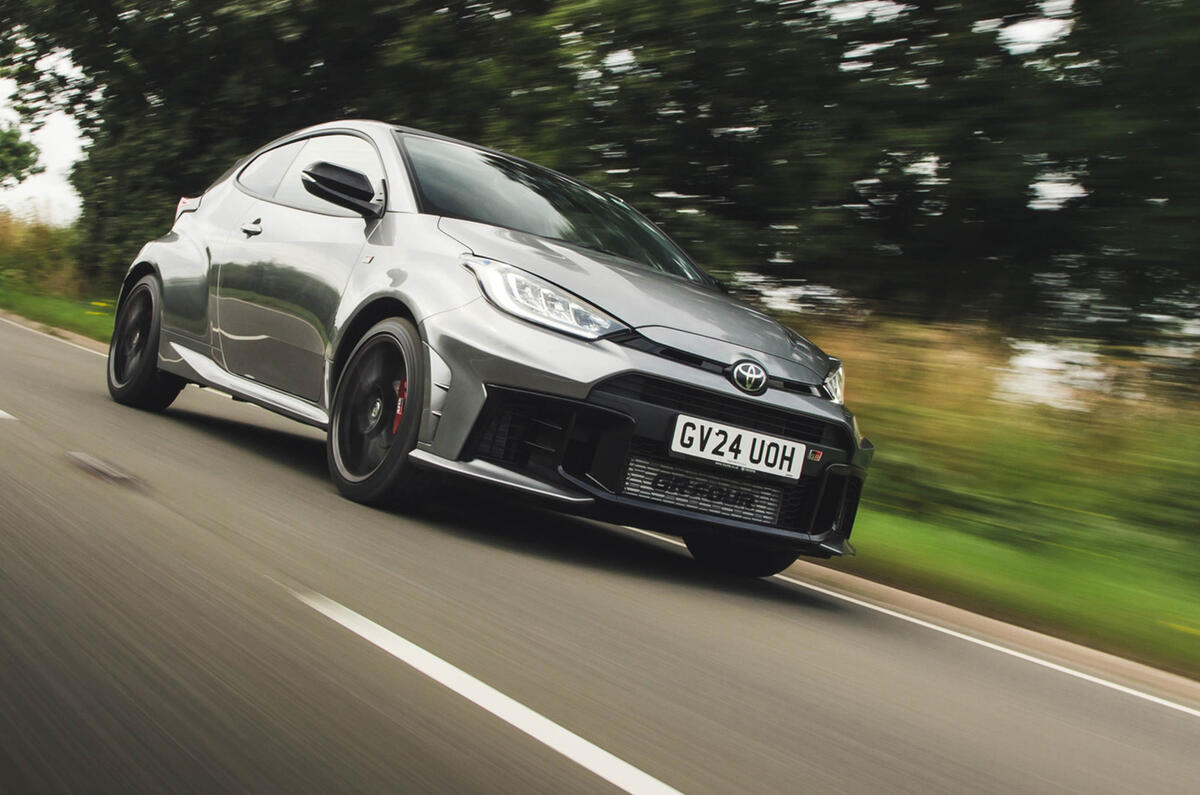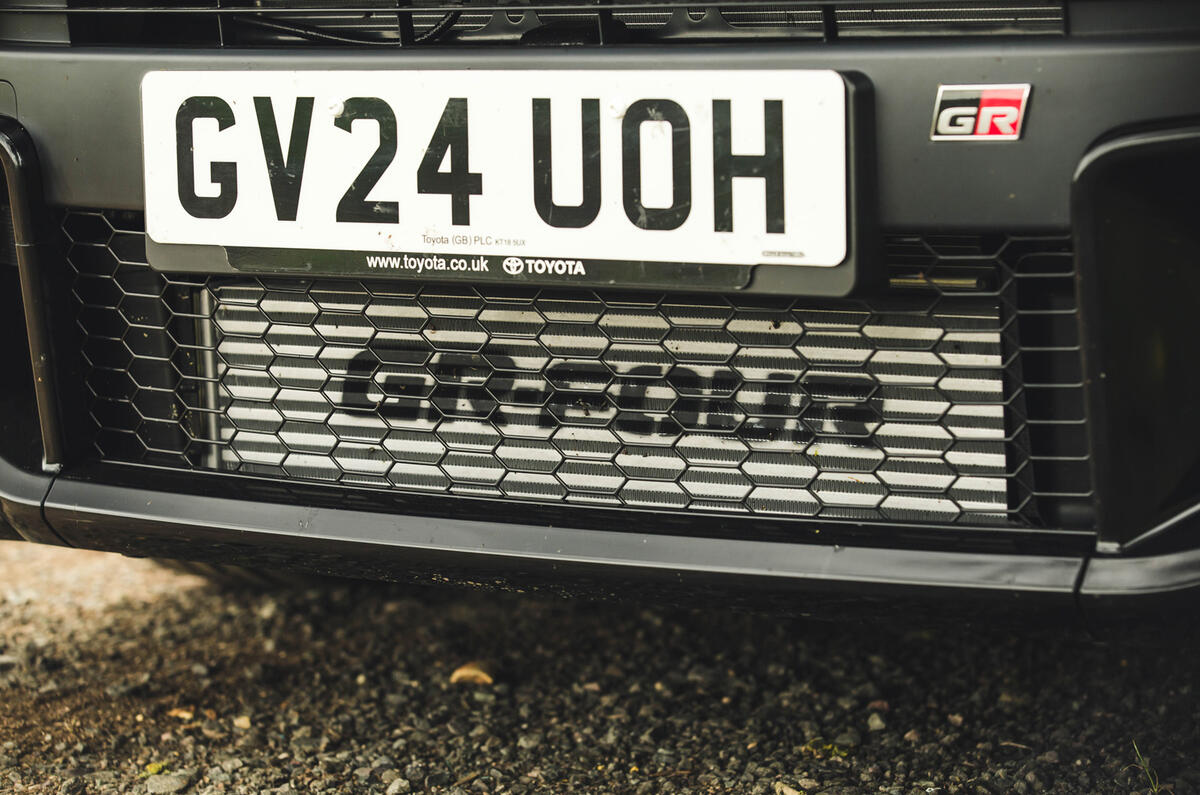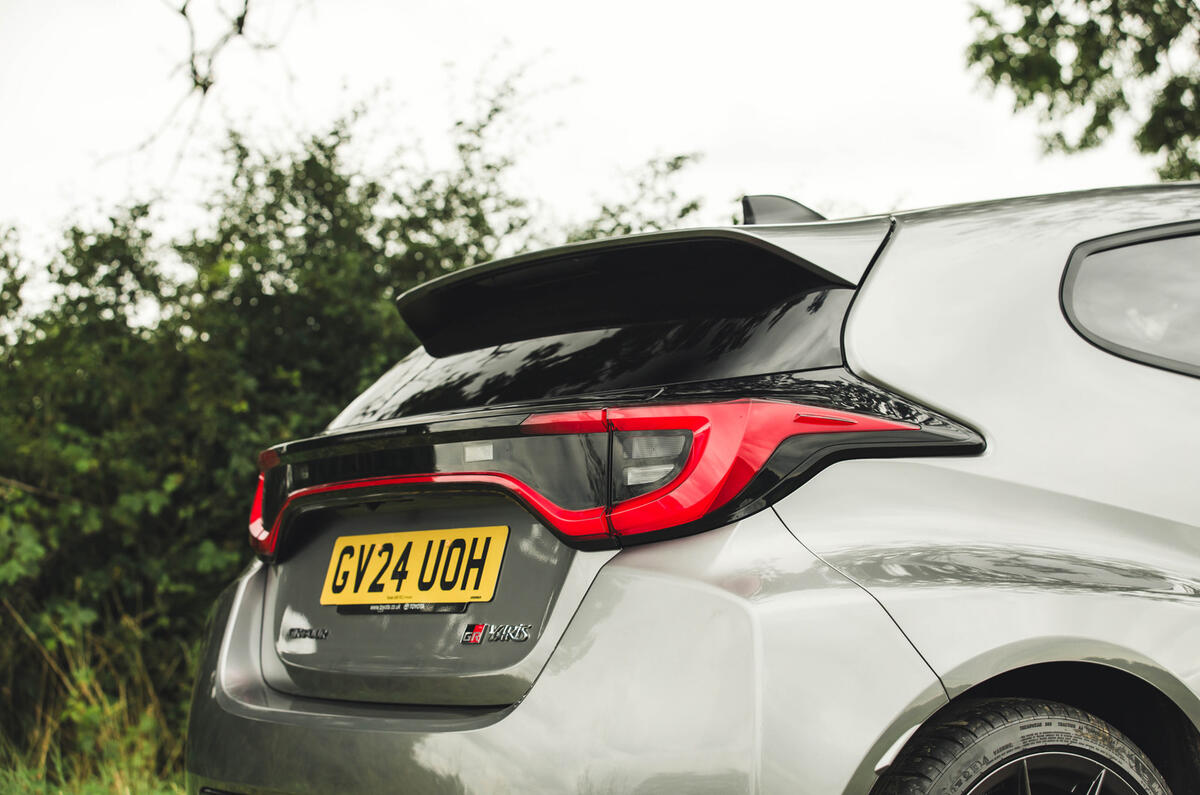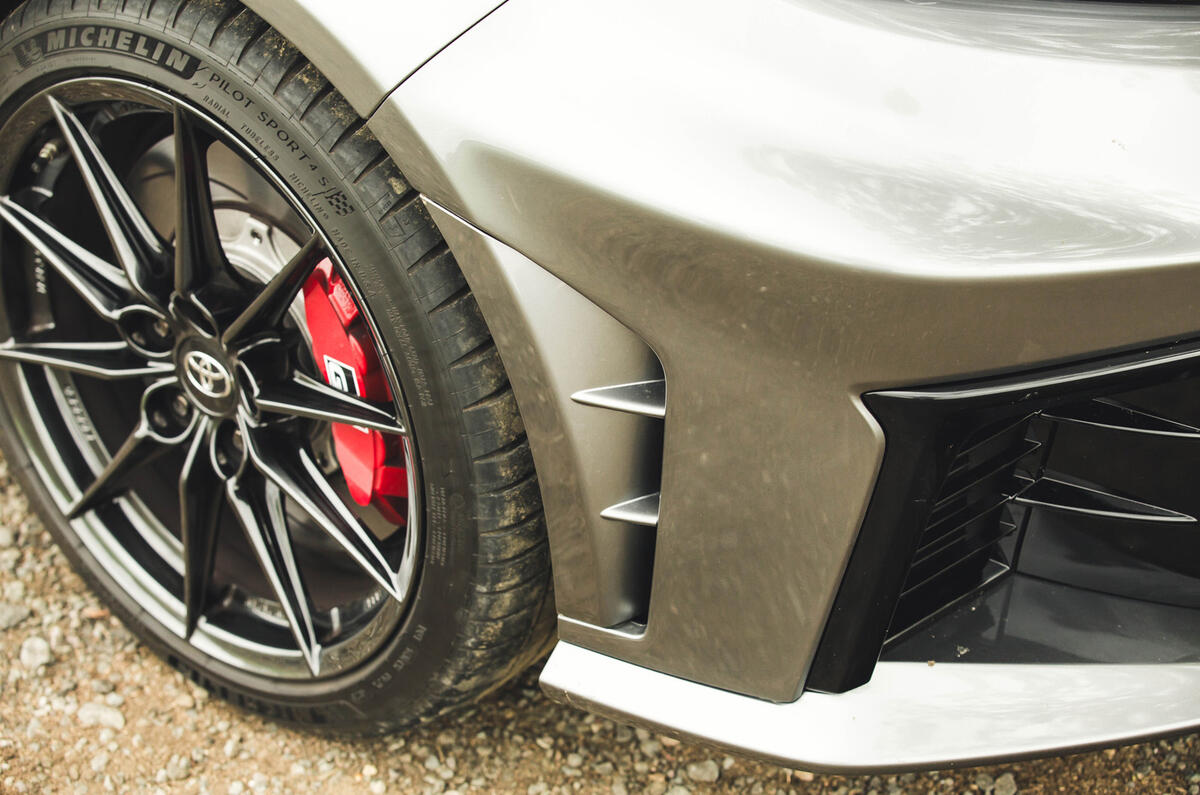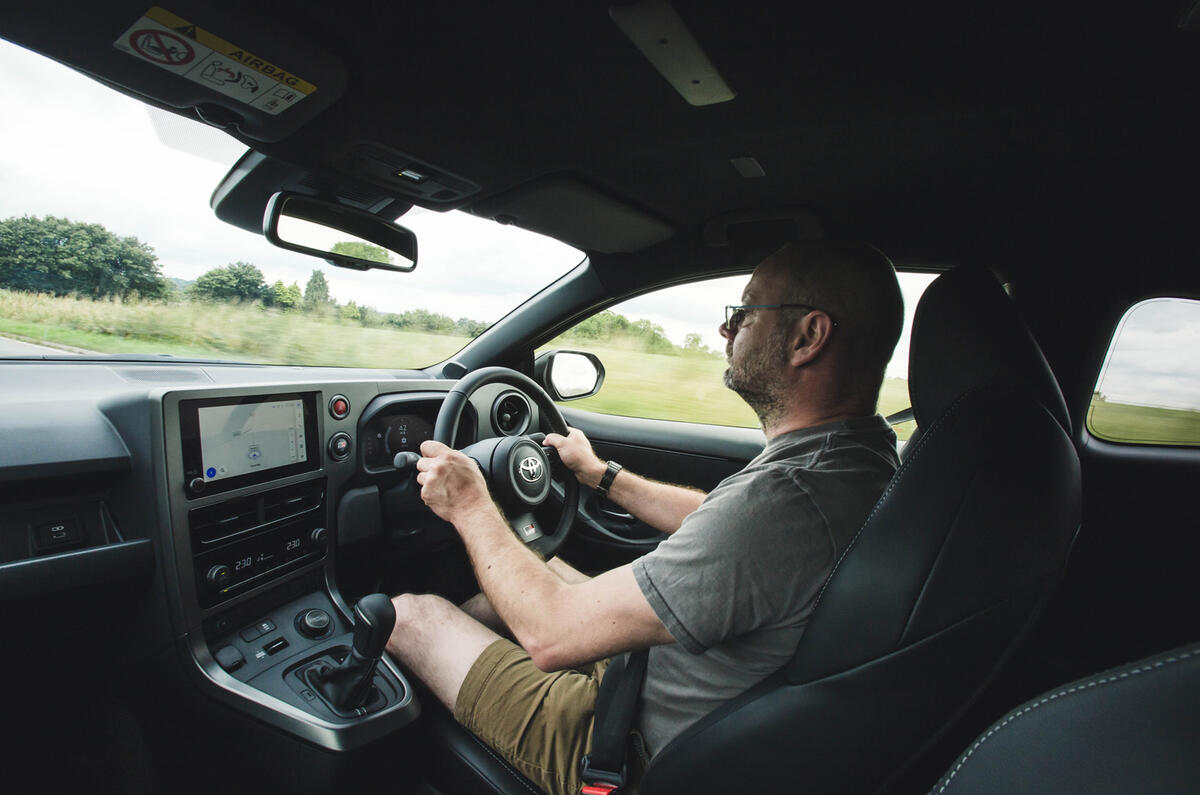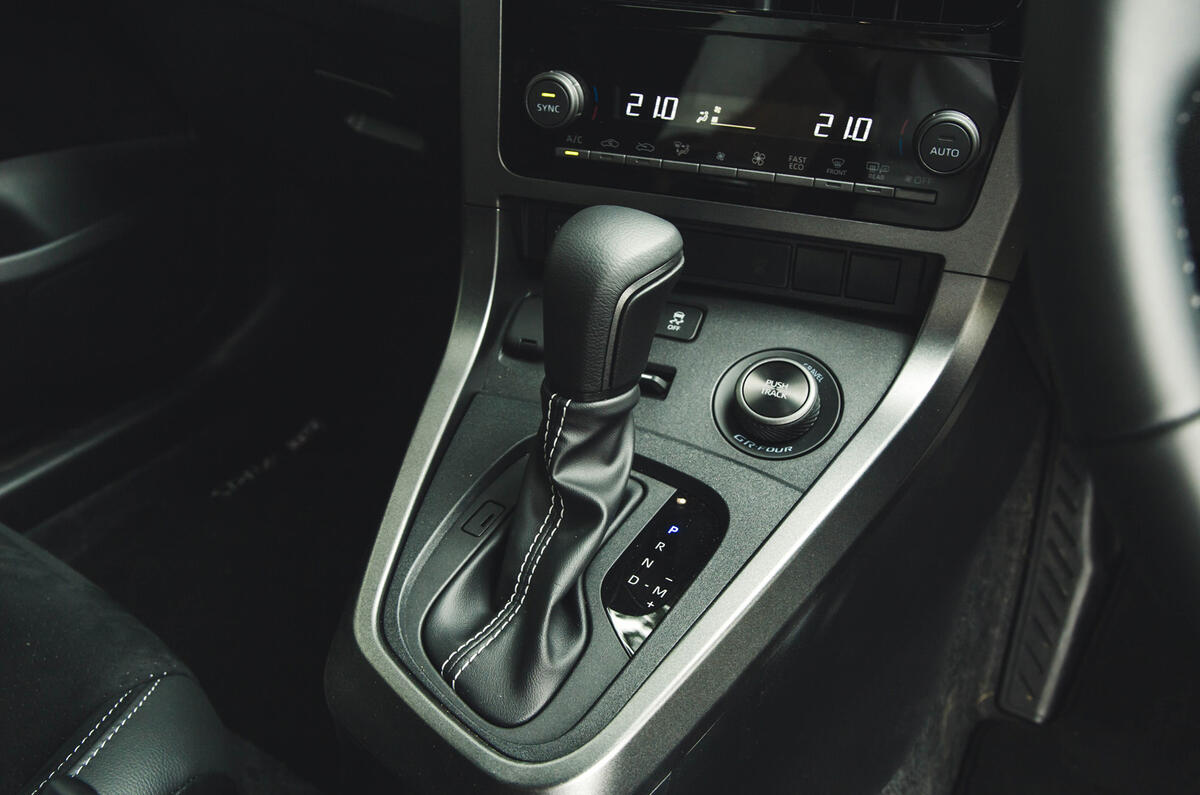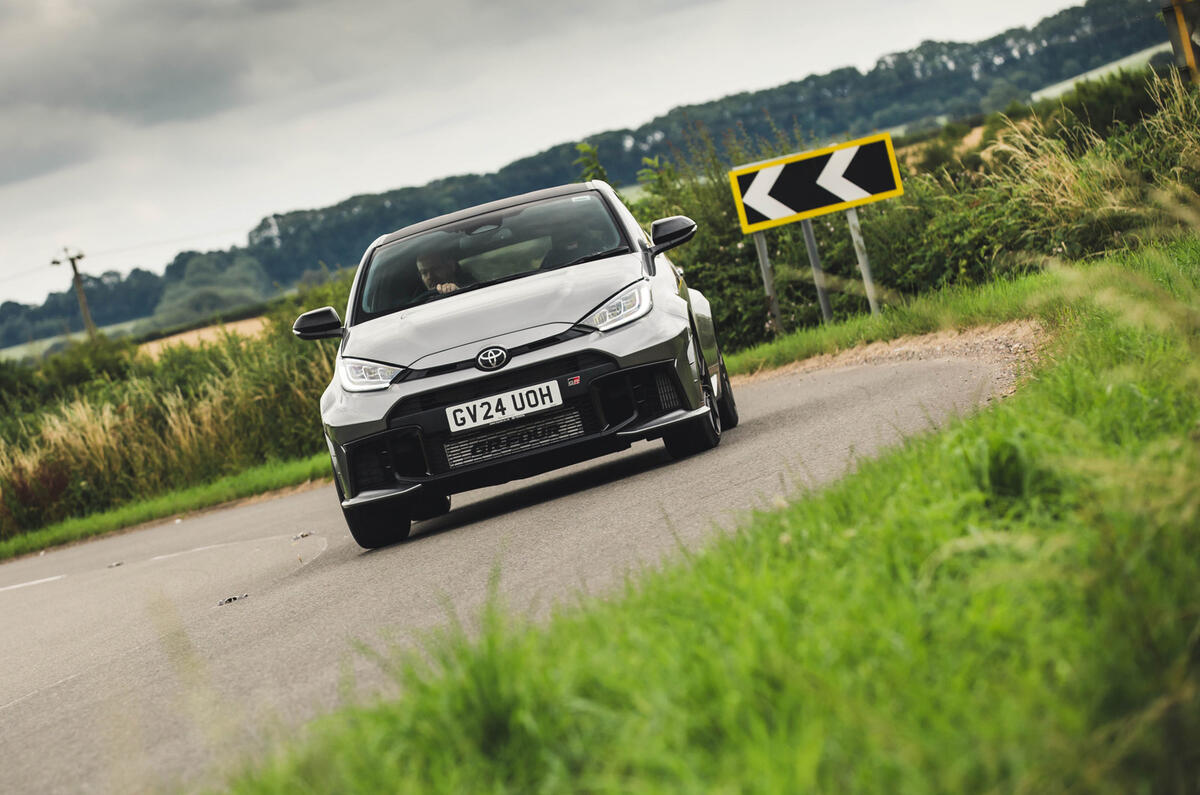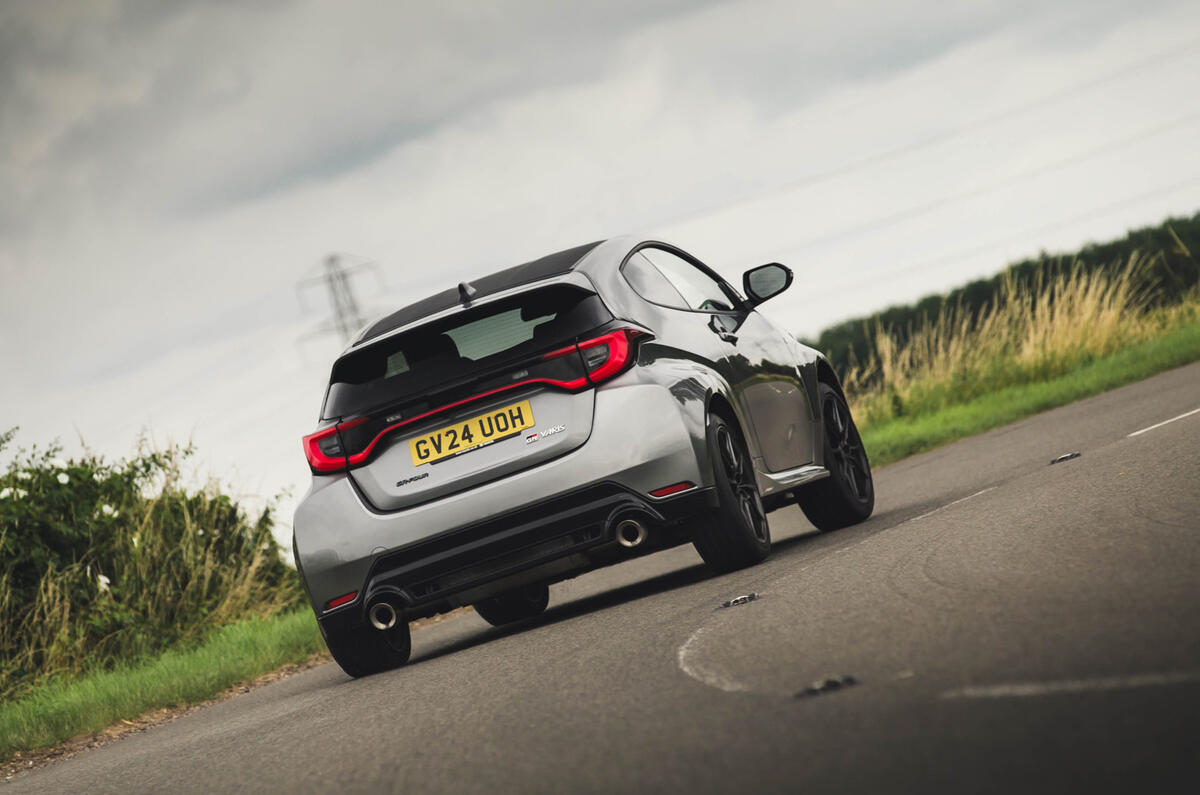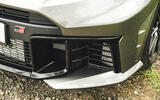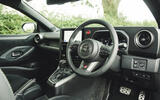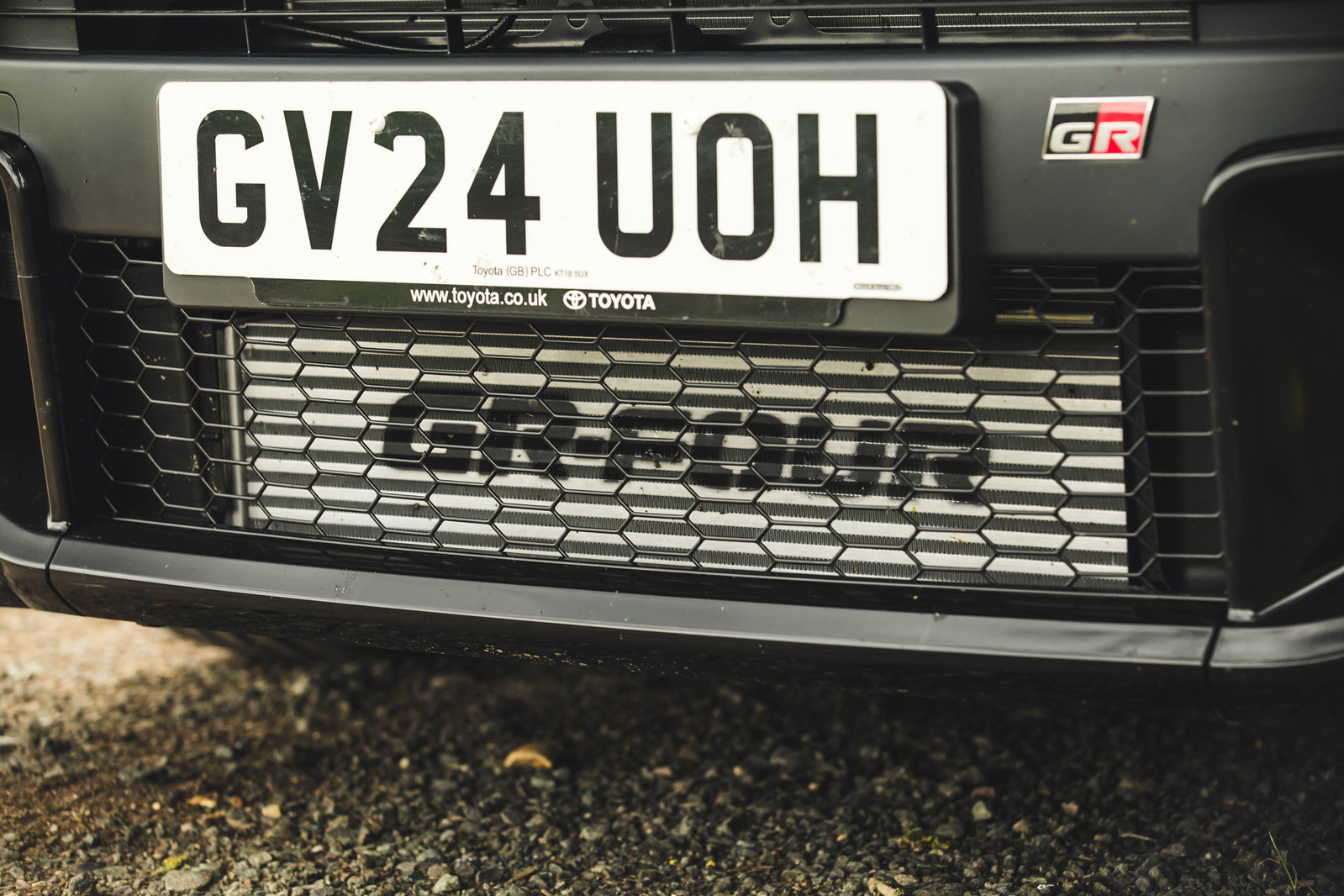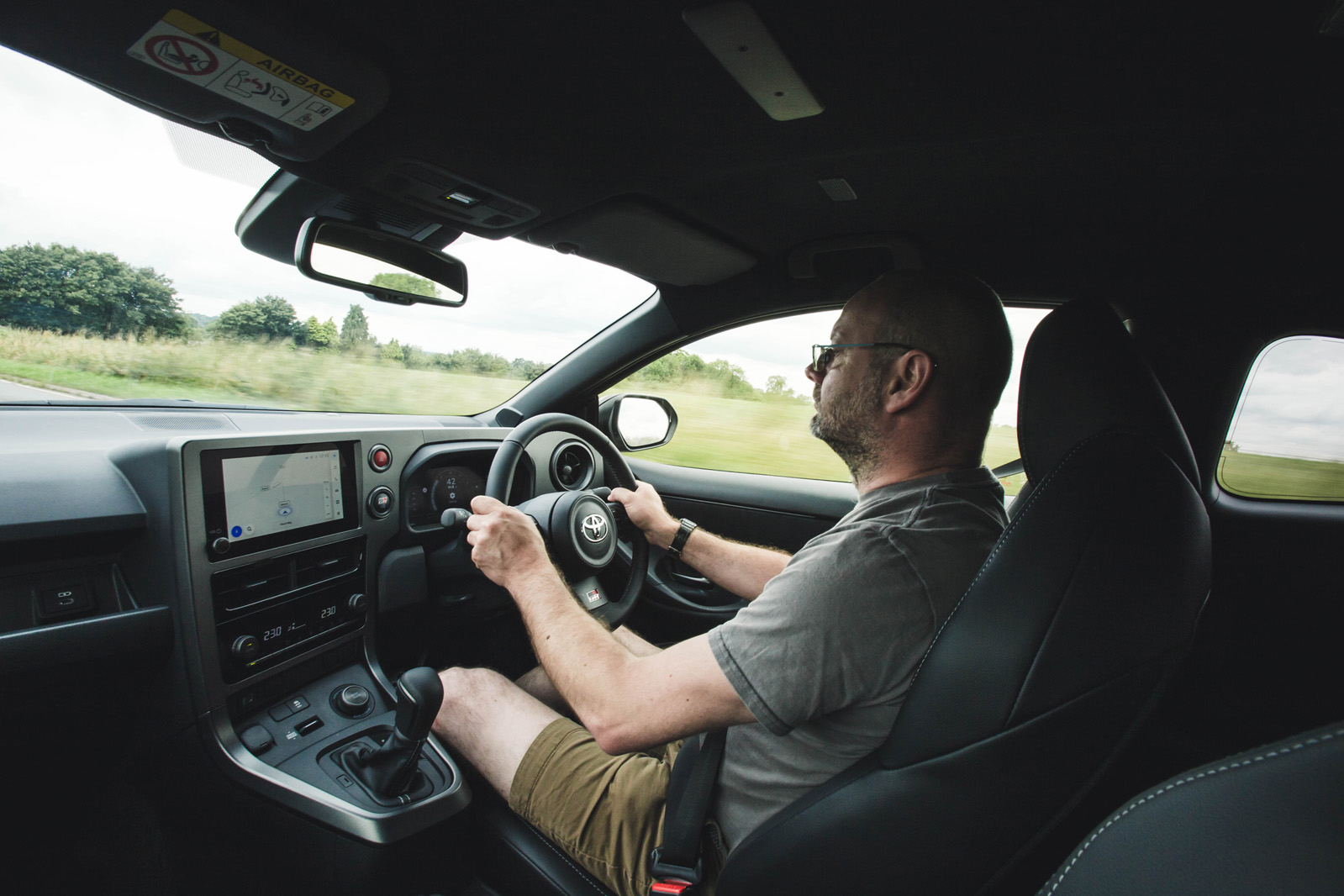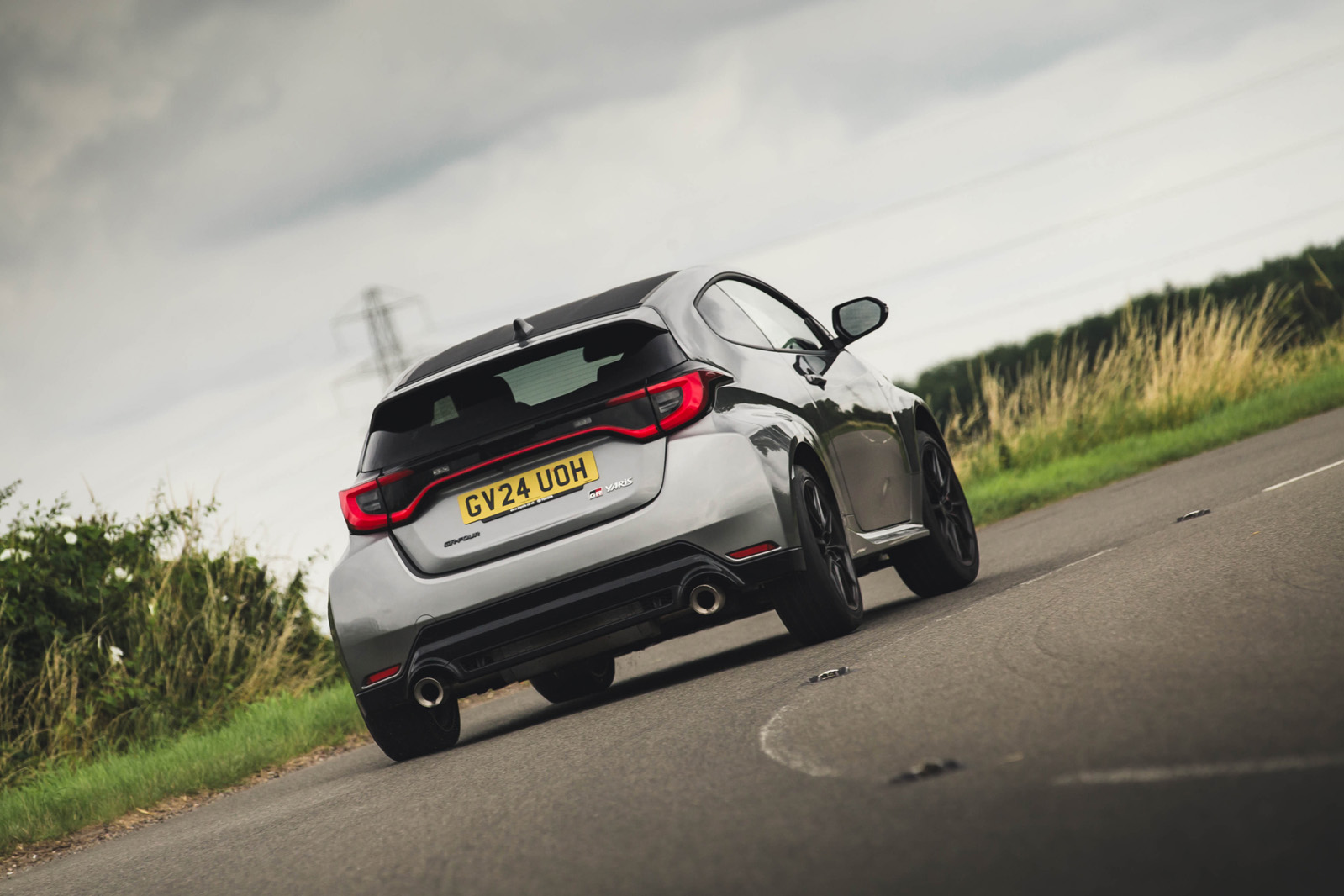The revised Toyota GR Yaris has arrived in the UK. It’s a car Toyota thought would be too niche to have to revisit, but owing to the surprise popularity of the first-generation version, here one is.
It has seemed one of those rare cars destined for greatness from the get-go. Since the original’s launch in 2020, few cars have generated quite the same level of collective salivation as this Japanese pocket rocket.
It was effectively the first ground-up performance car Toyota has developed on its tod for some 20 years, built using know-how distilled from a heavily revitalised interest in motorsport. The resulting car won our affordable driver’s car competition, before taking on vastly more powerful and vastly more expensive supercars at our annual Britain’s Best Driver’s Car shootout, where it secured a podium position there, too.
Now, several years on and more than 32,000 buyers later, Toyota has decided to make the GR Yaris a permanent fixture in the line-up and put it through a number of revisions to improve its capabilities and durability.




